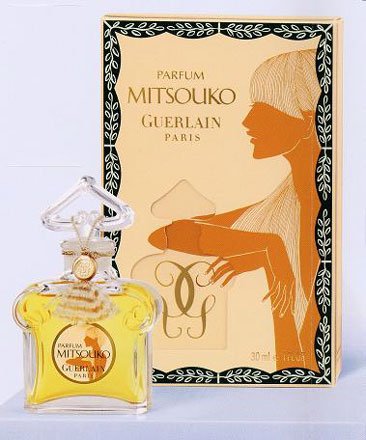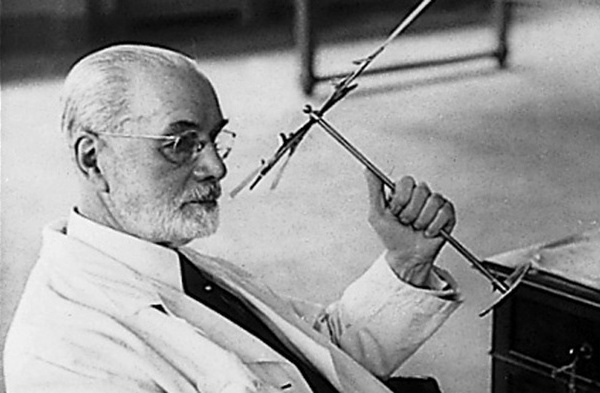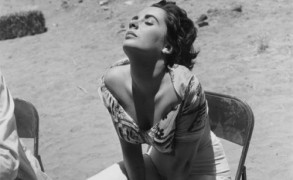Frida Kahlo and Shalimar
“They thought I was a surrealist, but I wasn’t. I never painted dreams. I painted my own reality,” Frida Kahlo once said. An artist is inseparable from their art, and this idea is particularly dramatic in the case of Kahlo, whose body of work is based on the explorations of self. Of the 143 paintings Kahlo left behind, 55 are self-portraits, brutal, honest, startling. What’s more, Kahlo was conscious of the power of the image, and she also fashioned self through her choice of clothes, colors and accessories.

I admit that I didn’t appreciate the importance that Kahlo assigned to her clothes, jewelry and perfume until I saw the exhibit of the artist’s possessions at the Victoria & Albert Museum in London. The image of the Mexican artist—the colorful skirts, the flower-decorated braids, the unibrow—entered pop culture to the point that we risk forgetting the artist behind a fashion icon. In order to understand her art, is it necessary to know that Frida Kahlo wore Guerlain’s Shalimar and Schiaparelli’s Shocking and draped herself in Mexican dresses and Chinese silk?

















Joi in Giorgio Armani Mania : Long Lost Favorite Perfume: Yes!! January 25, 2024 at 2:54am